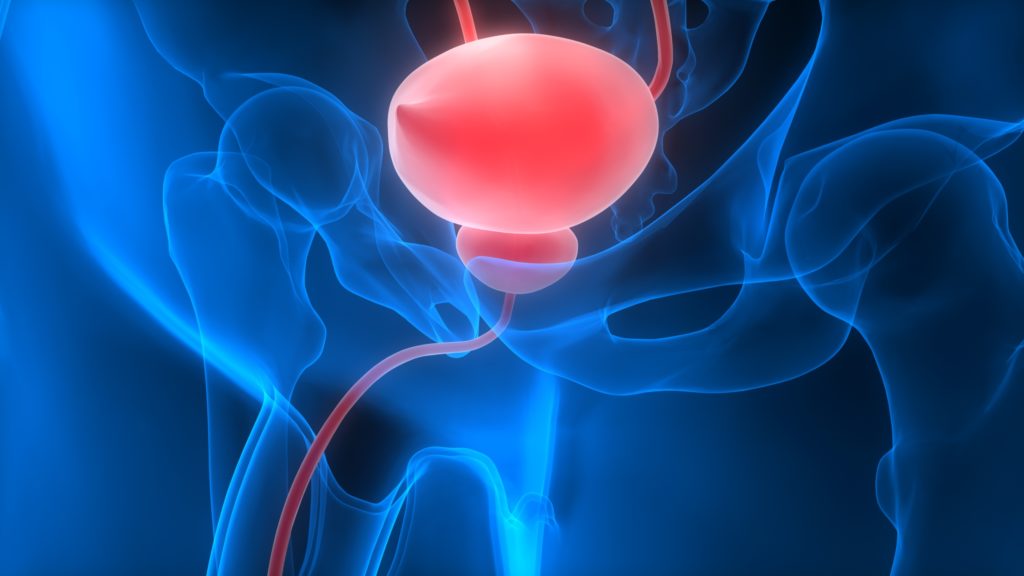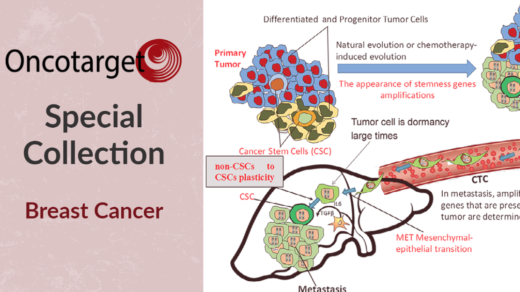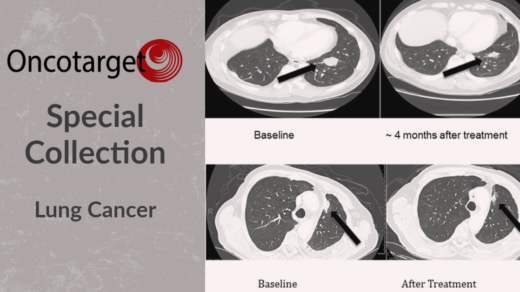Researchers from the University of Houston and UT Southwestern Medical Center conducted a study which aimed to screen urine for potentially useful protein biomarkers of bladder cancer.

The Trending with Impact series highlights Oncotarget publications attracting higher visibility among readers around the world online, in the news, and on social media—beyond normal readership levels. Look for future science news about the latest trending publications here, and at Oncotarget.com.
—
Bladder cancer is four times more common among men than women, and it is the sixth most common cancer diagnosis in the United States. However, researchers have found that cystoscopy—the primary method physicians use to diagnose patients with bladder cancer—is relatively invasive, expensive, and has the potential to cause urinary tract infections.
“In contrast, urine is a noninvasive and readily available biological fluid that can be used for diagnostic tests.”
In 2021, researchers from the University of Houston and UT Southwestern Medical Center conducted a study which aimed to screen urine for possibly useful protein biomarkers of bladder cancer. The paper they authored was published in Oncotarget’s Volume 12, Issue 8, and entitled: “Urine protein biomarkers of bladder cancer arising from 16-plex antibody-based screens.”
“Urine biomarkers could potentially provide preliminary confirmation of low-grade BC [bladder cancer] before invasive procedures are performed and facilitate surveillance of BC, as reviewed [9].”
The Study
Patients may benefit in a number of different ways by using urine as fluid in diagnostic testing for bladder cancer. Urine is readily bioavailable, non-invasive, and it can also be collected and tested on a regular basis. Patients can even use various cost-effective point-of-care diagnostic tools, including at-home testing. First, the researchers assessed whether there were useful biomarkers of bladder cancer to be found in this fluid. The team used Luminex screening to test for both low and high levels of 16 proteins utilizing highly specific antibody-protein interactions.
“In this study, Luminex screening was used to simultaneously assay the protein abundances of 16 potential biomarkers in different stages of bladder cancer and then compared to urology clinic controls.”
ELISA validation was then used to determine which proteins were significantly elevated in bladder cancer. They found that levels of three urine proteins were capable of distinguishing between control and bladder cancer urine. One protein was also found to be capable of discriminating between high- and low-grade disease, and the successive clinical stages of bladder cancer.
“Upon ELISA validation, urine IL-1α, IL-1ra, and IL-8 were able to distinguish control urine from urine drawn from various bladder cancer stages, with IL-8 being the best discriminator.”
Conclusion
“These studies indicate that urine IL-1α, IL-1ra, and IL-8 are potential biomarkers of BC, two of which re-affirm previous reports.”
The researchers note that these newer urine biomarkers must be analyzed in larger cohorts, in specific clinical contexts, and compared to the performance of current diagnostic tools, such as the Bladderchek and UroVysion FISH assay.
“Looking forward, systematic studies in larger patient cohorts are warranted to establish the specific clinical contexts in which these markers may be used, including the following: (i) for initial diagnosis of BC, (ii) for surveillance of tumor recurrence, and/or (ii) for assessing treatment response following BCG therapy or other therapeutic modalities.”
Click here to read the full scientific study, published by Oncotarget.
—
Oncotarget is a unique platform designed to house scientific studies in a journal format that is available for anyone to read—without a paywall making access more difficult. This means information that has the potential to benefit our societies from the inside out can be shared with friends, neighbors, colleagues, and other researchers, far and wide.
For media inquiries, please contact media@impactjournals.com.



